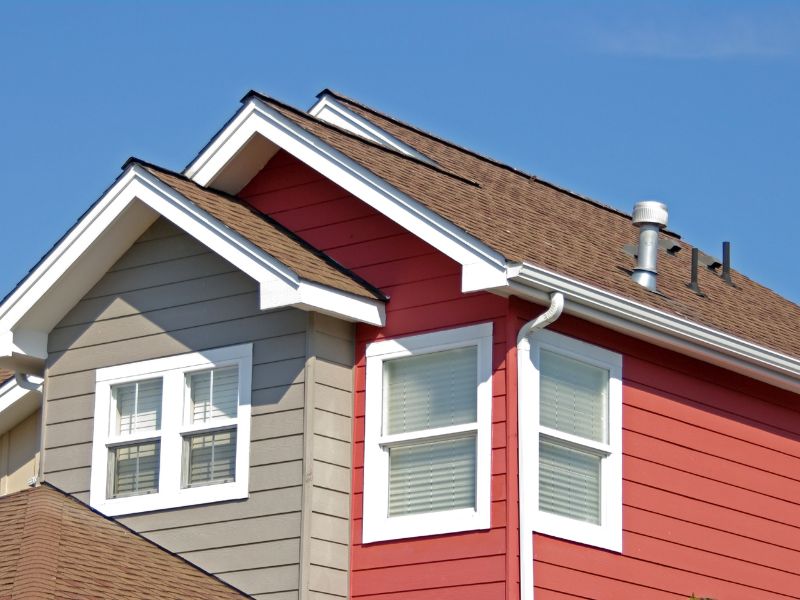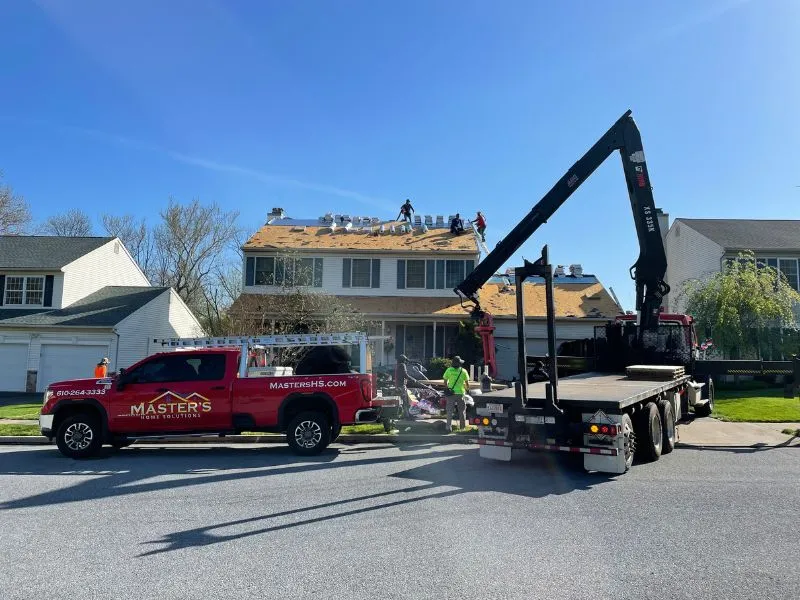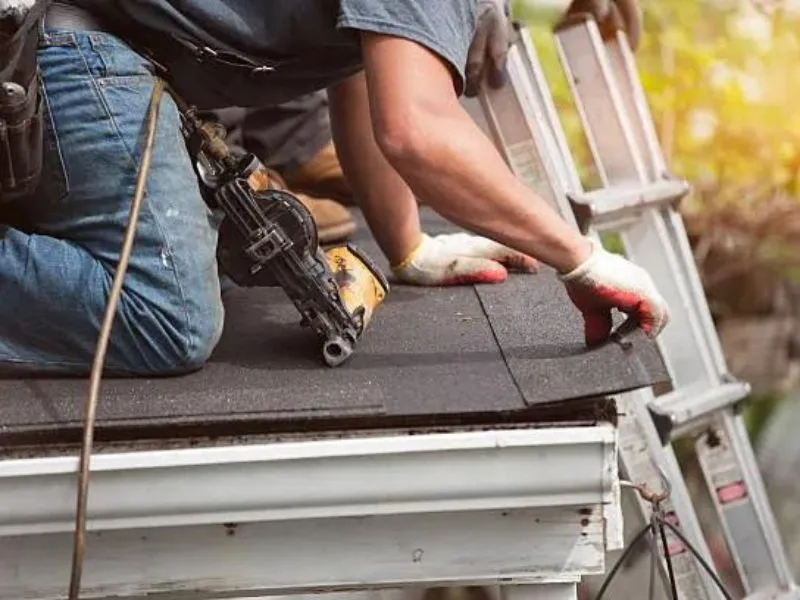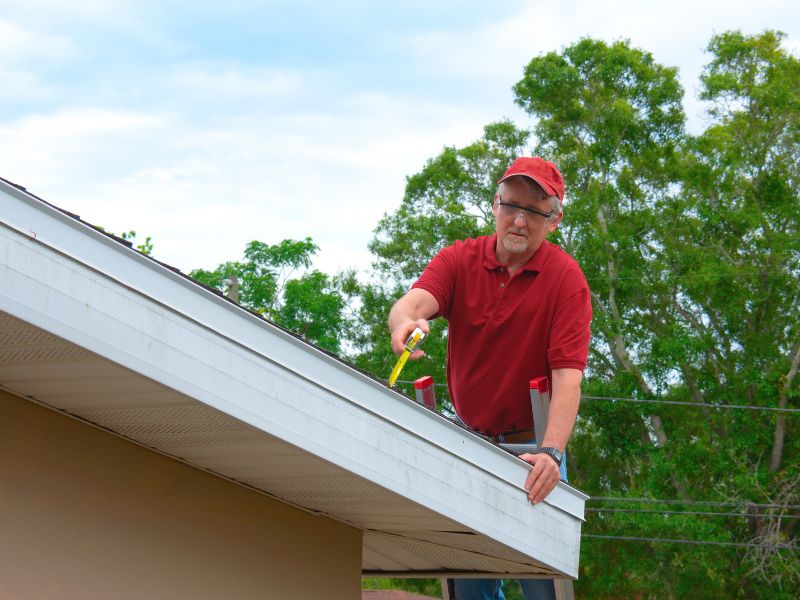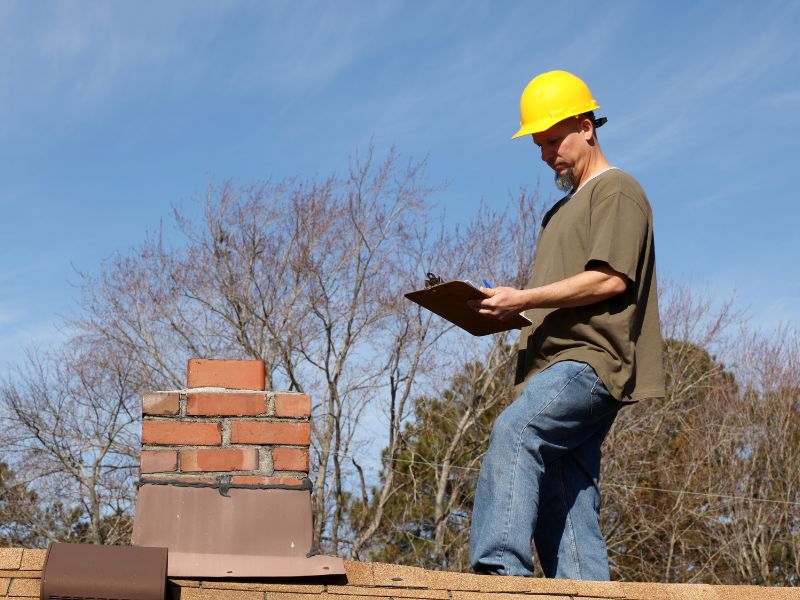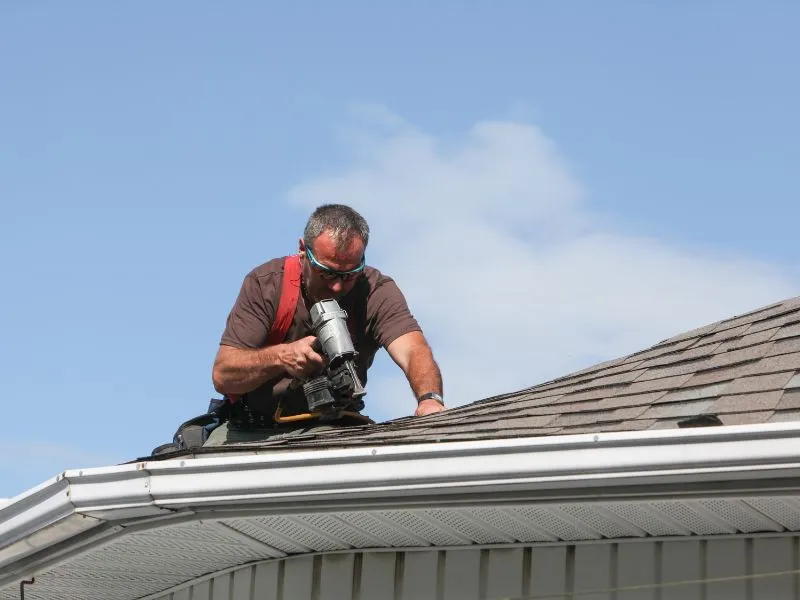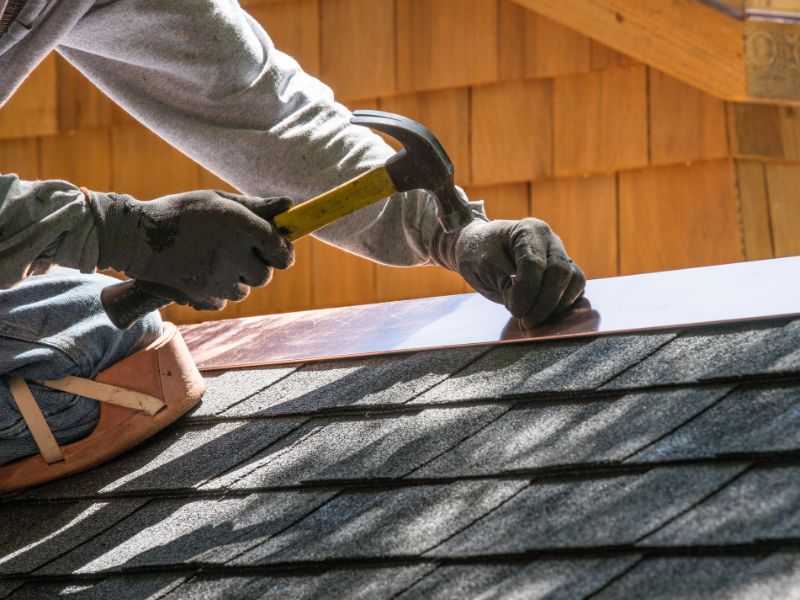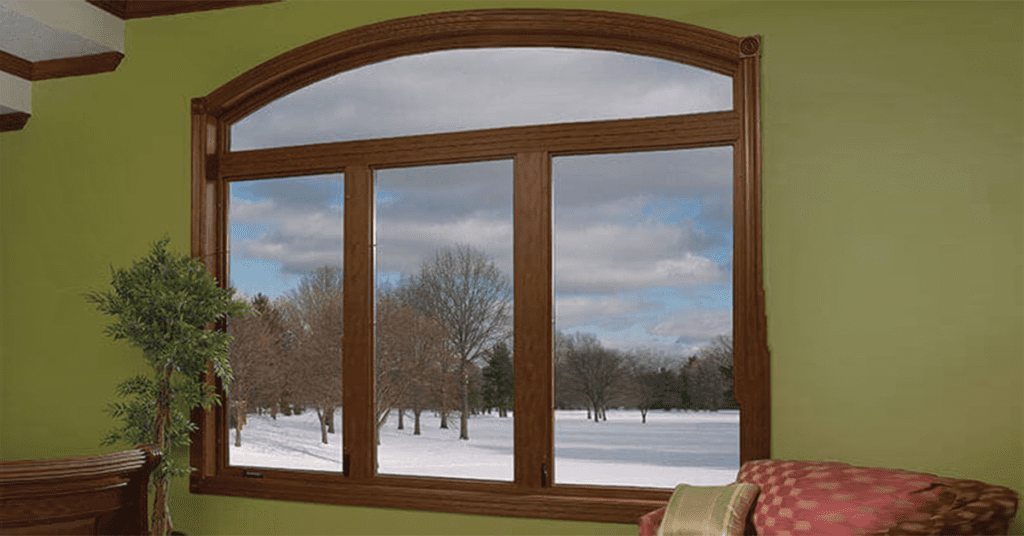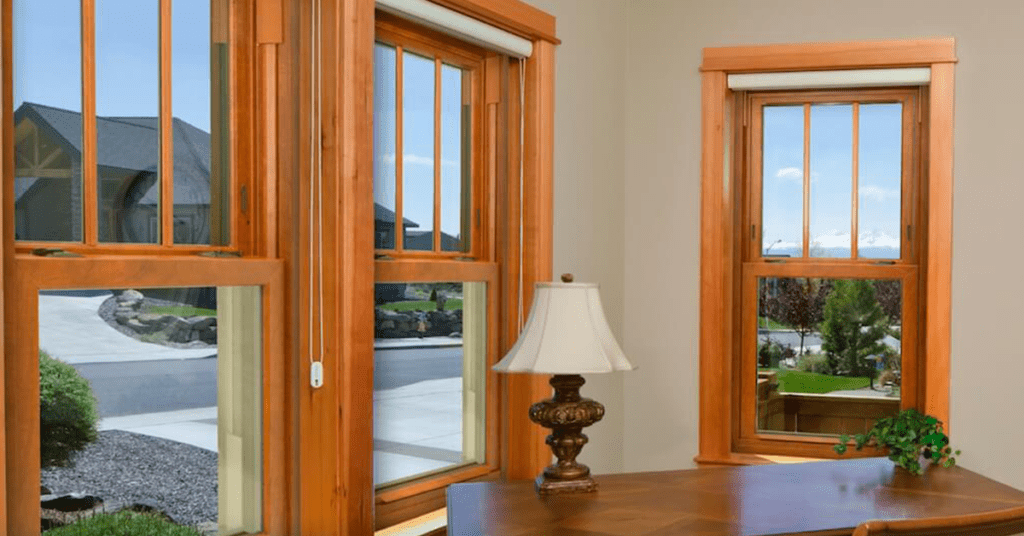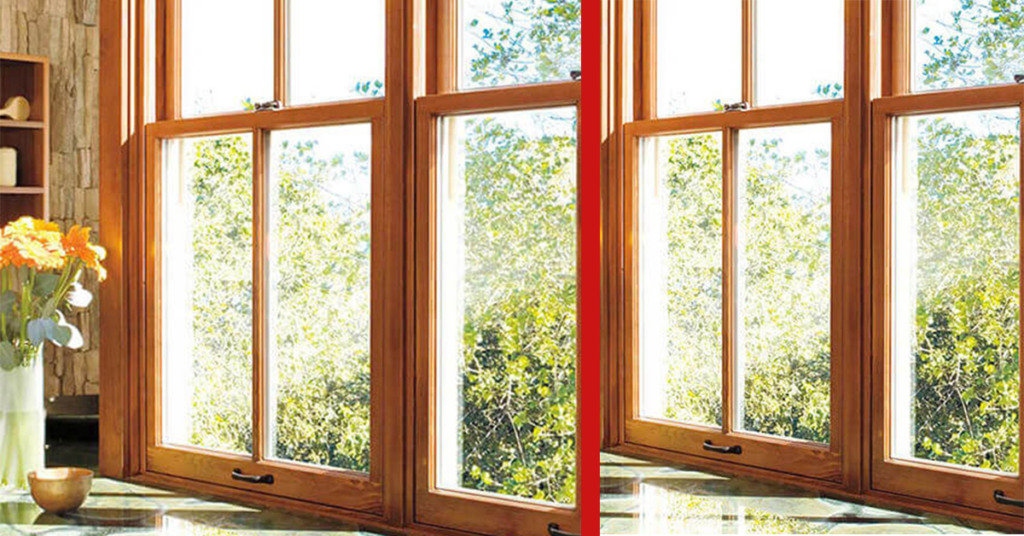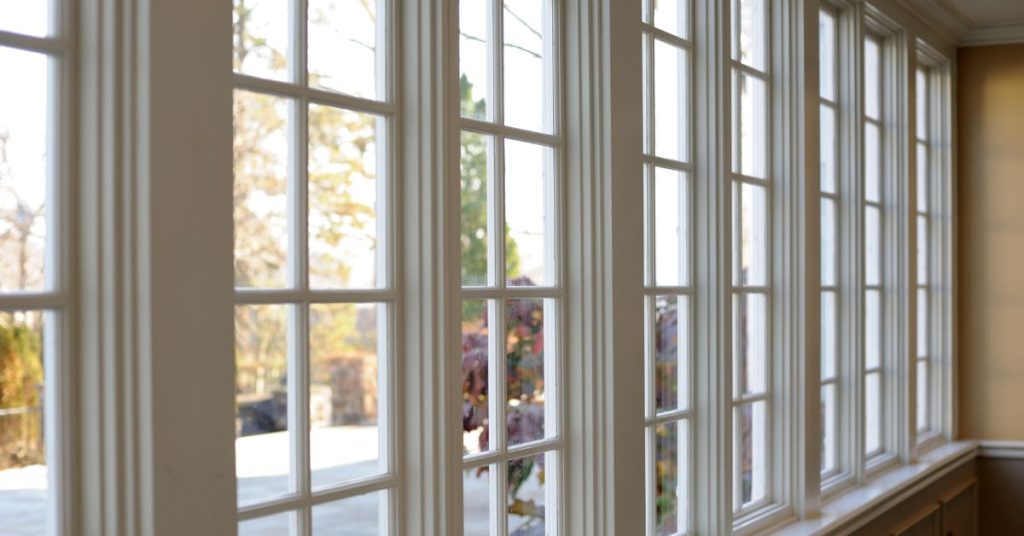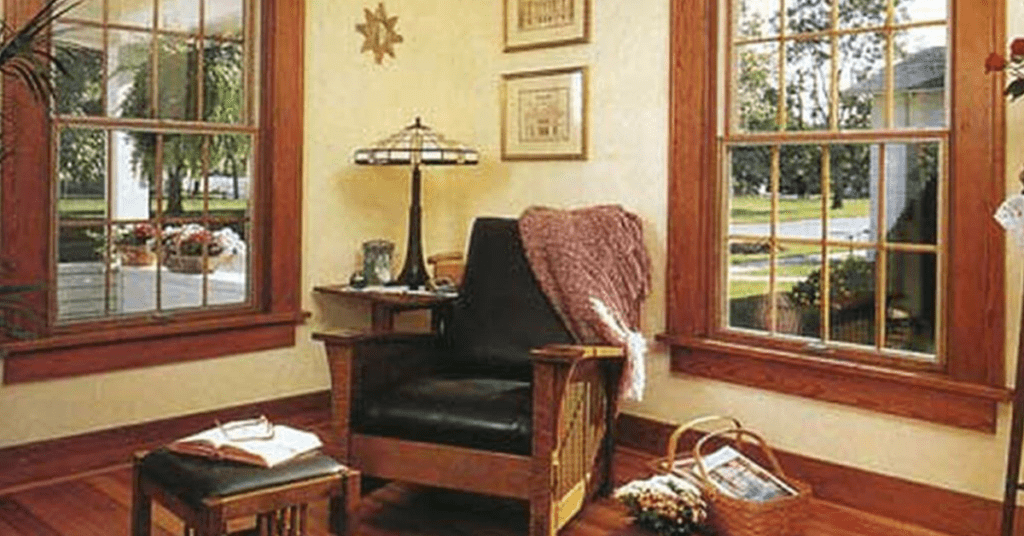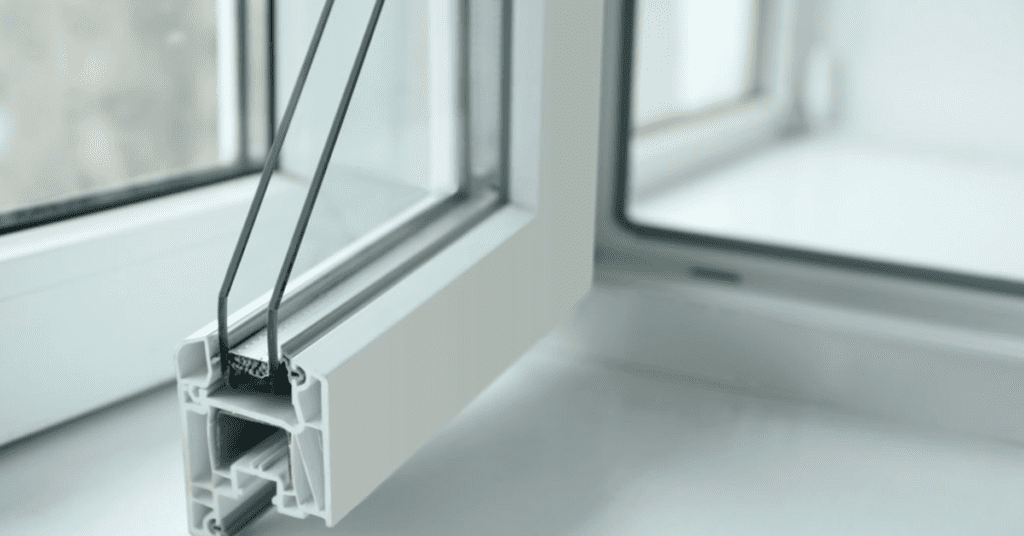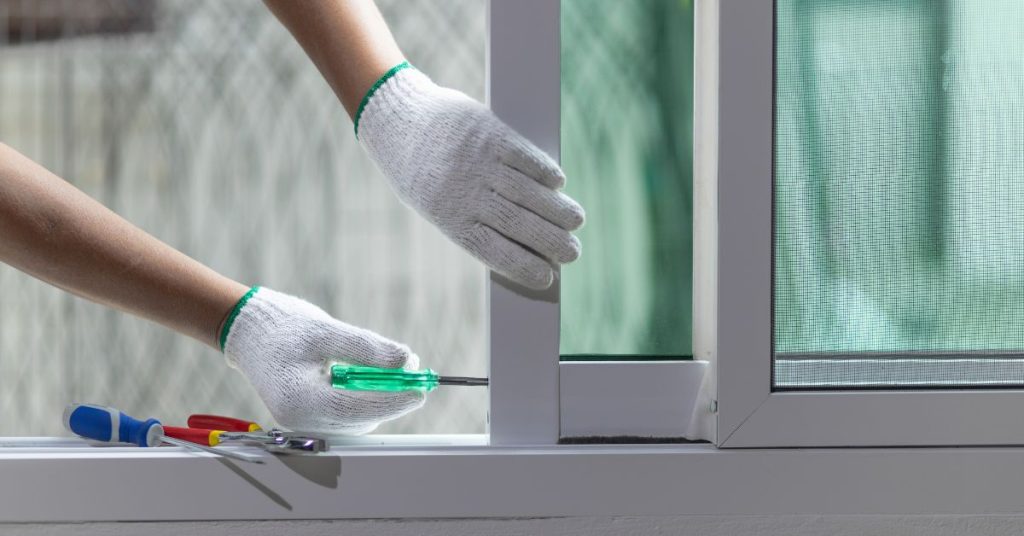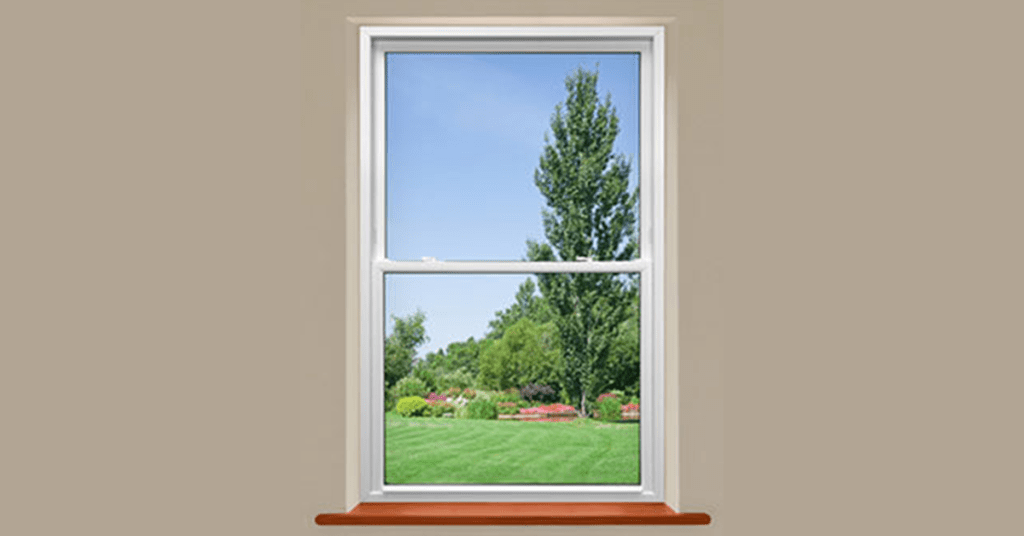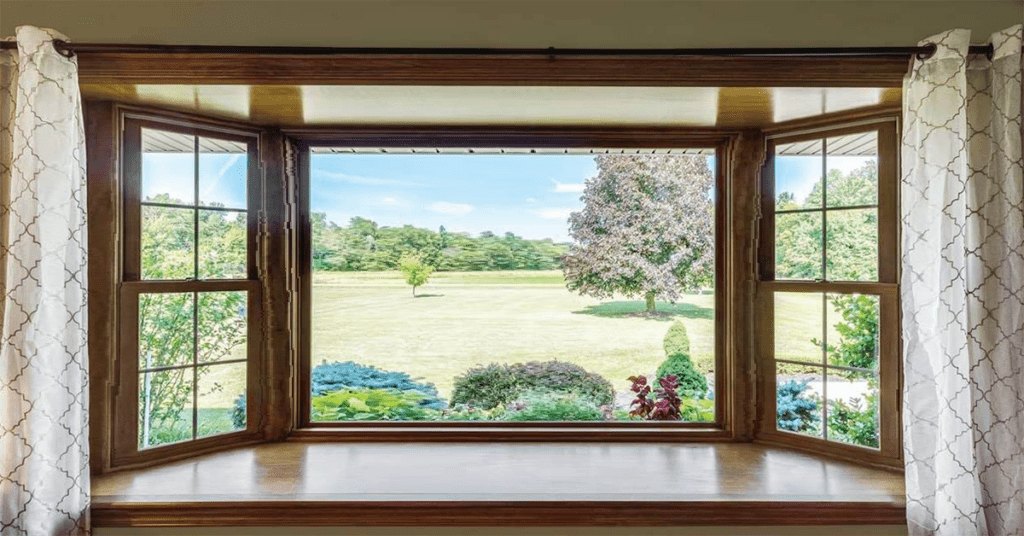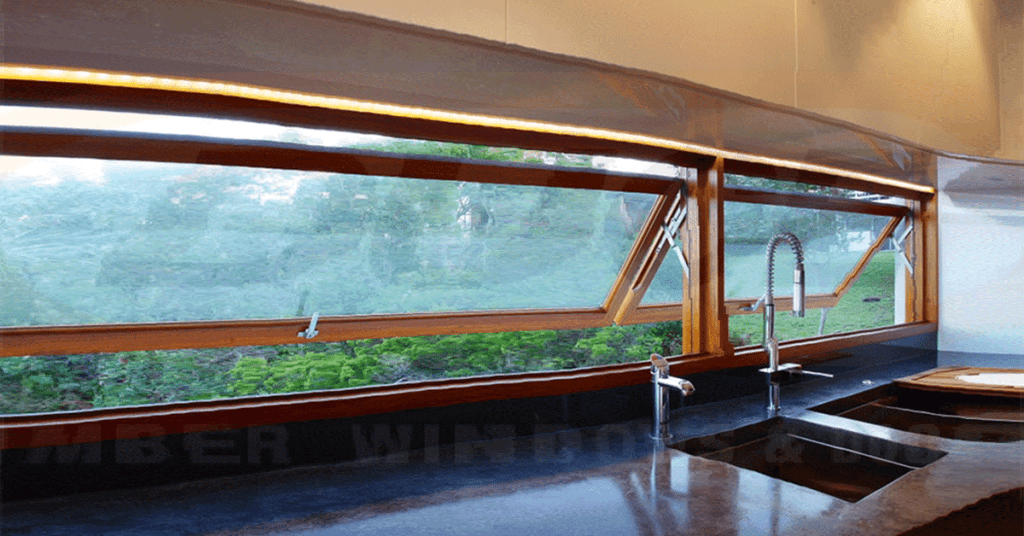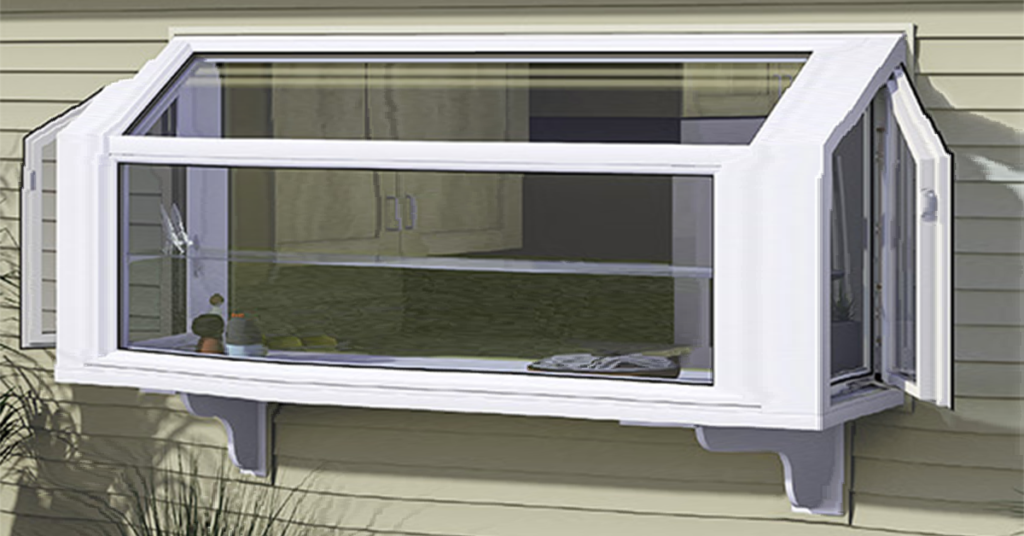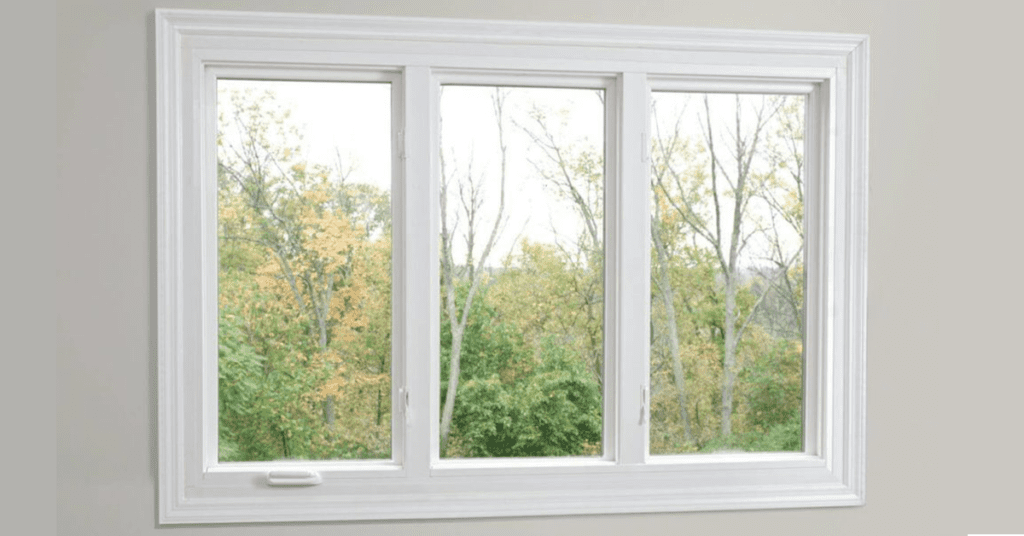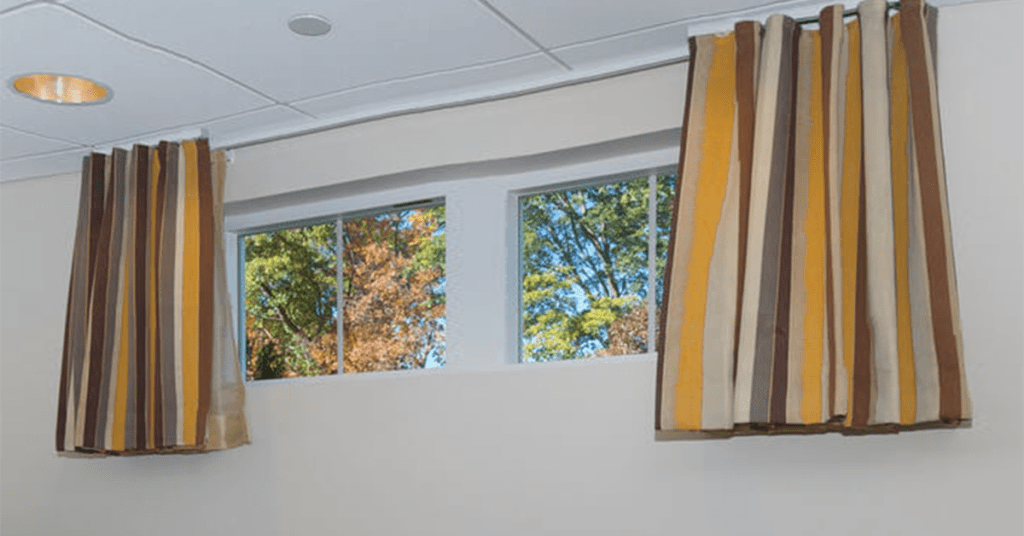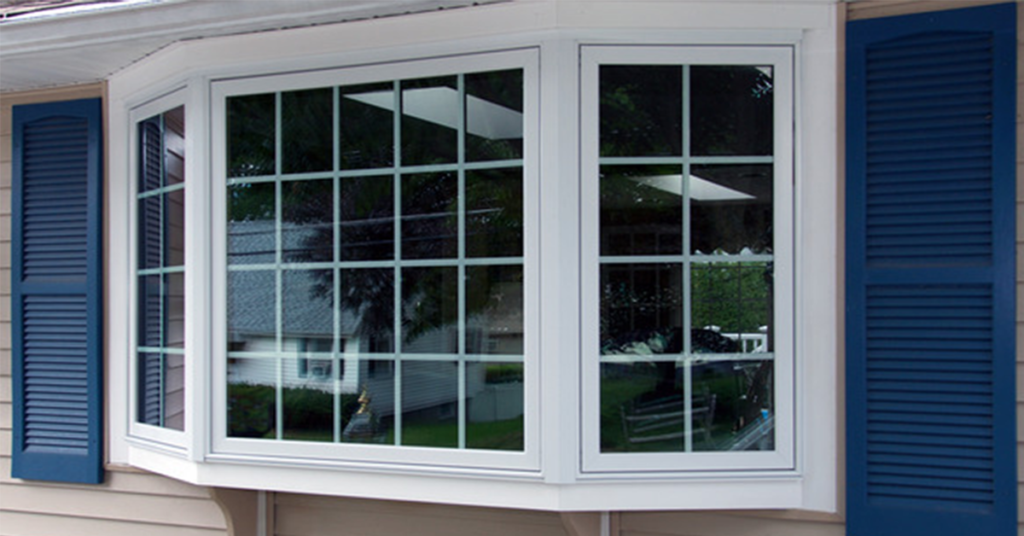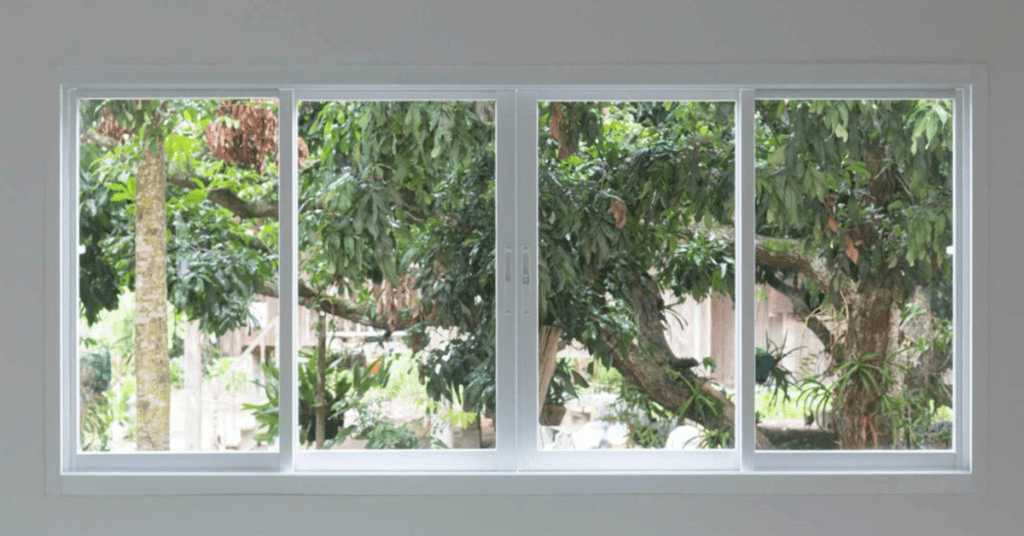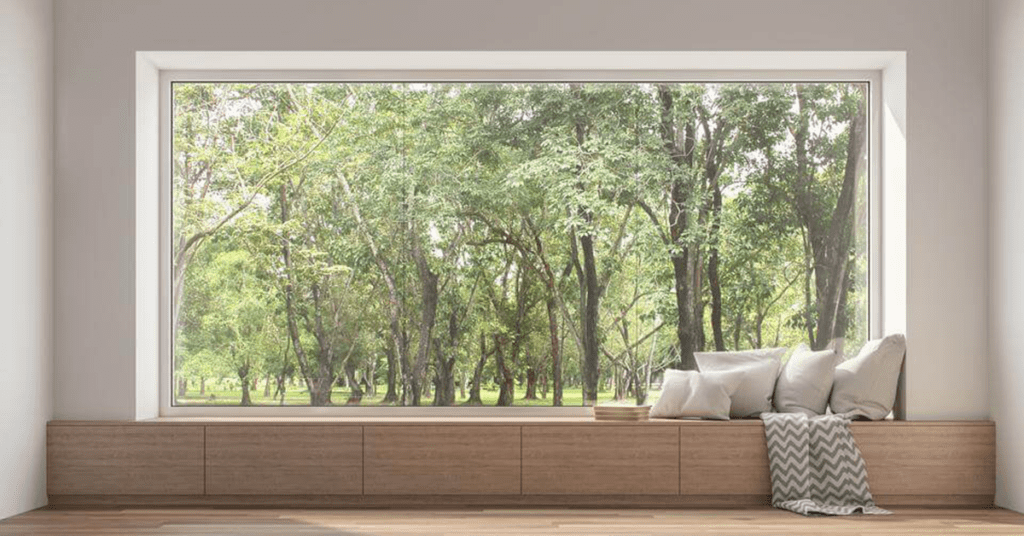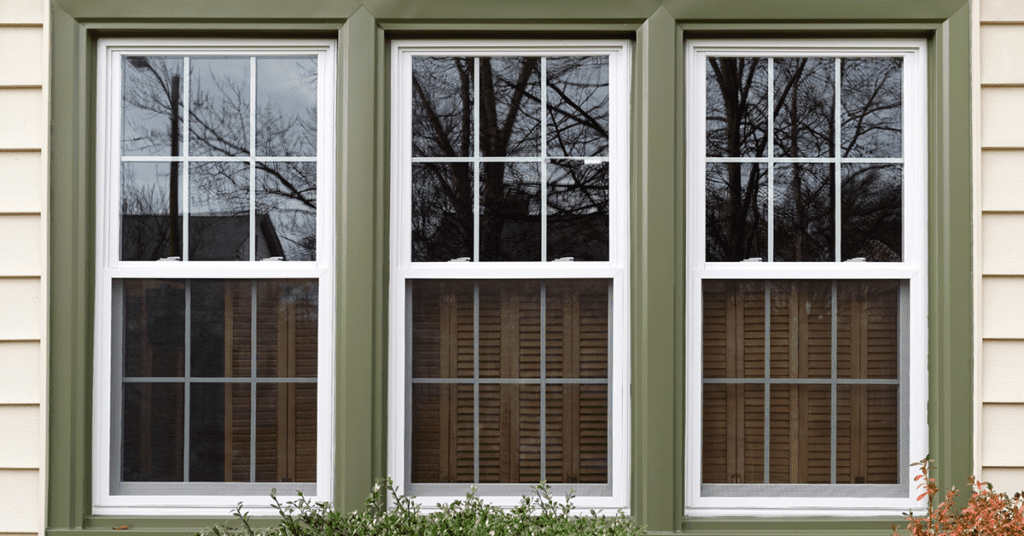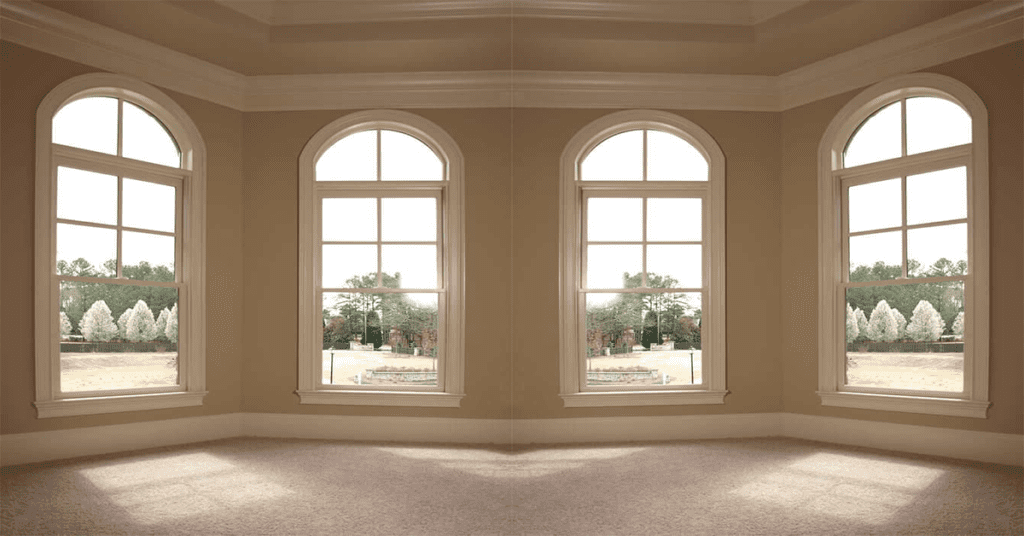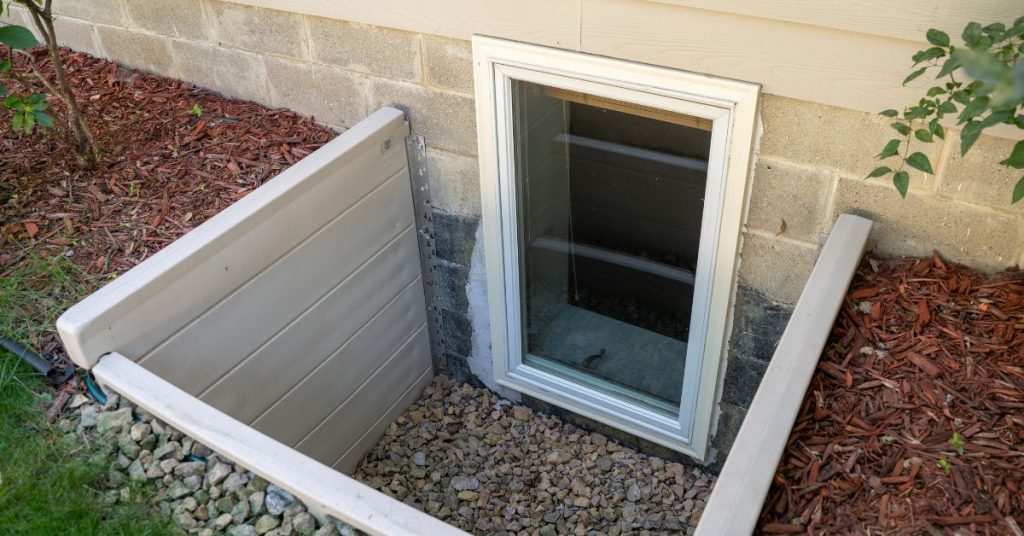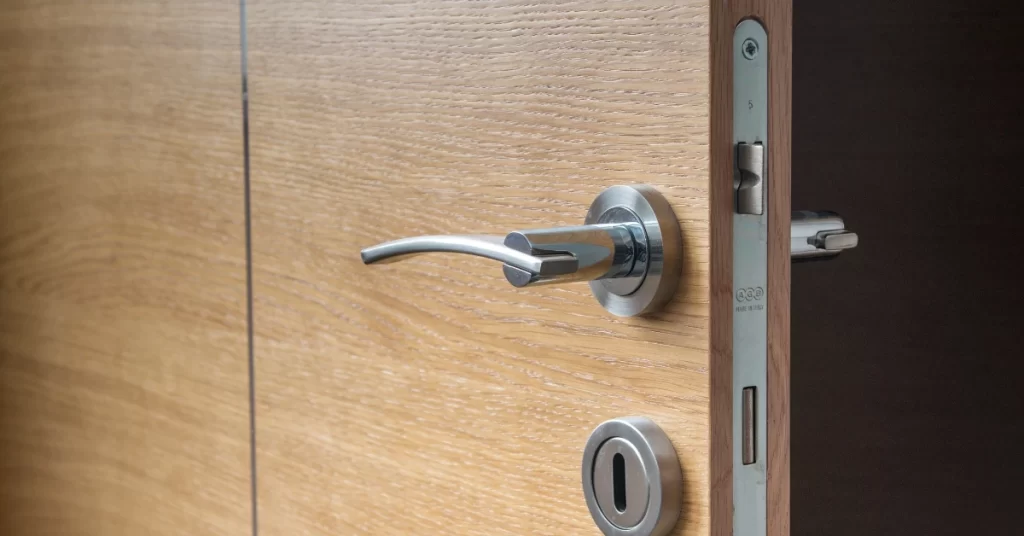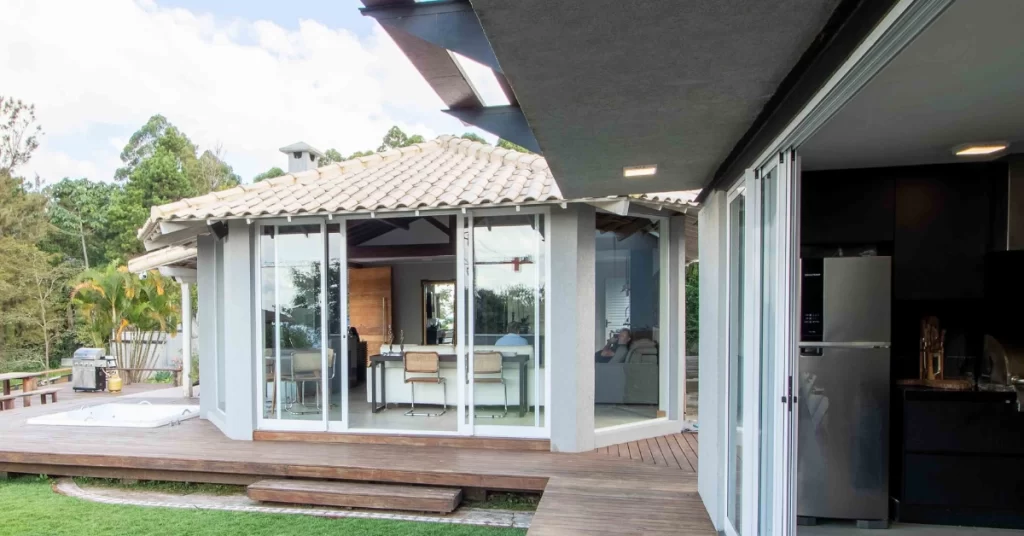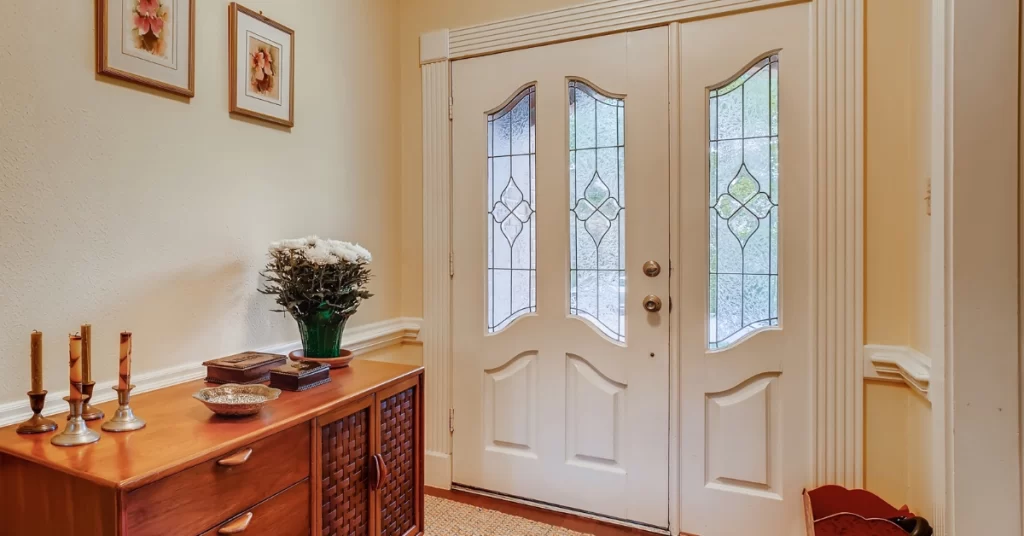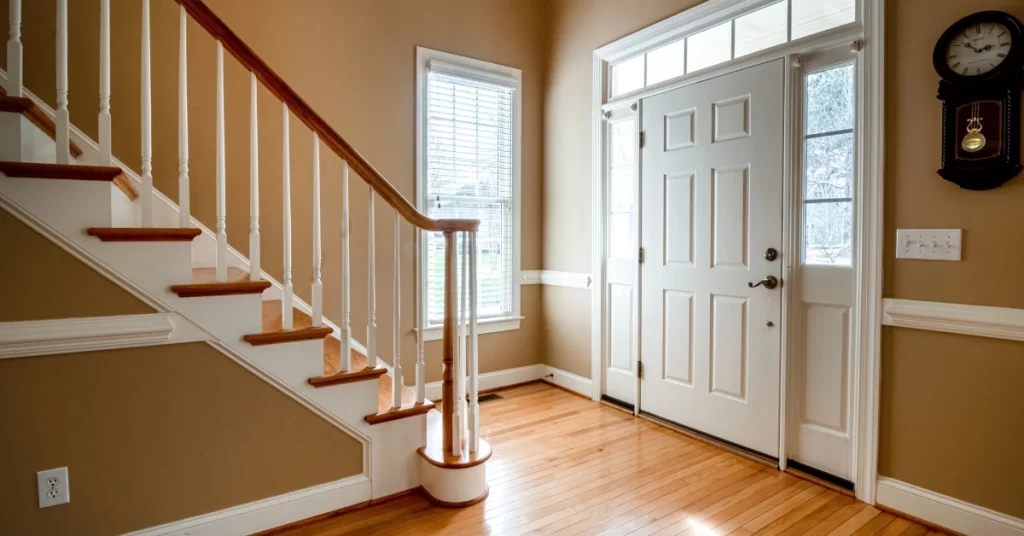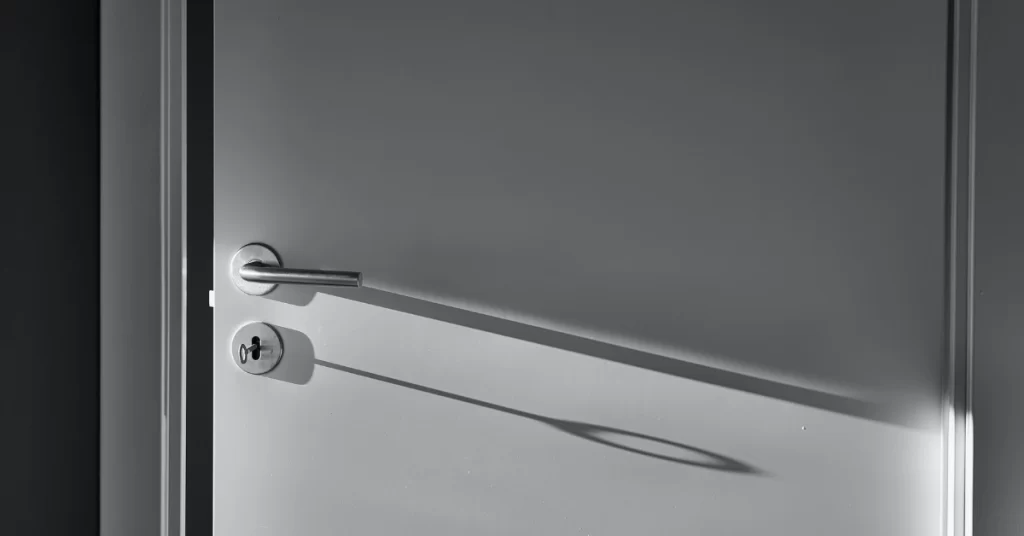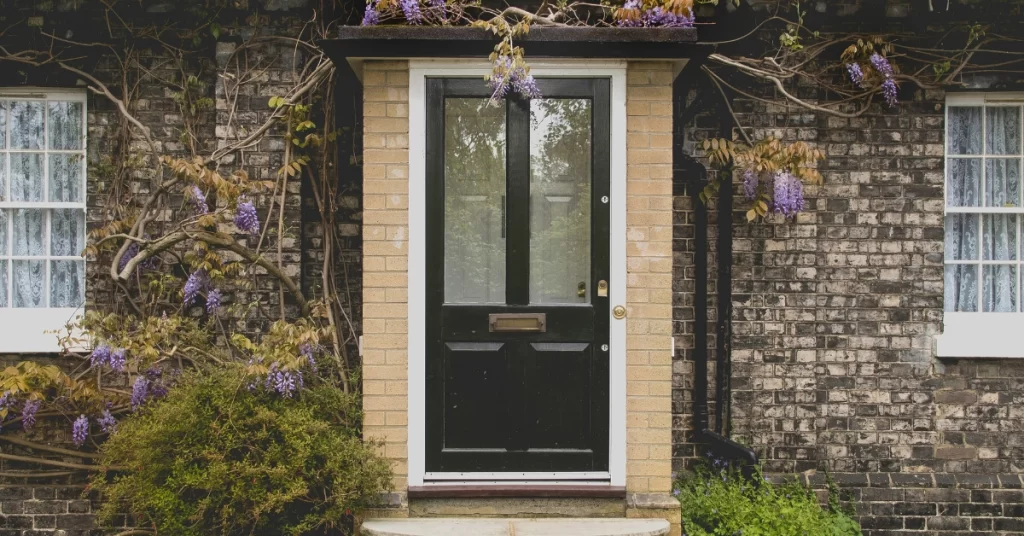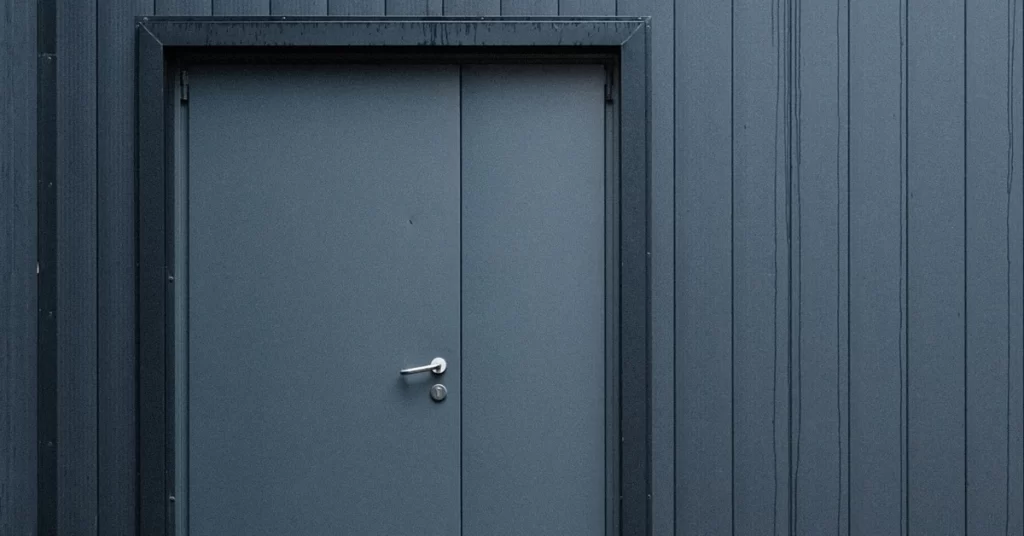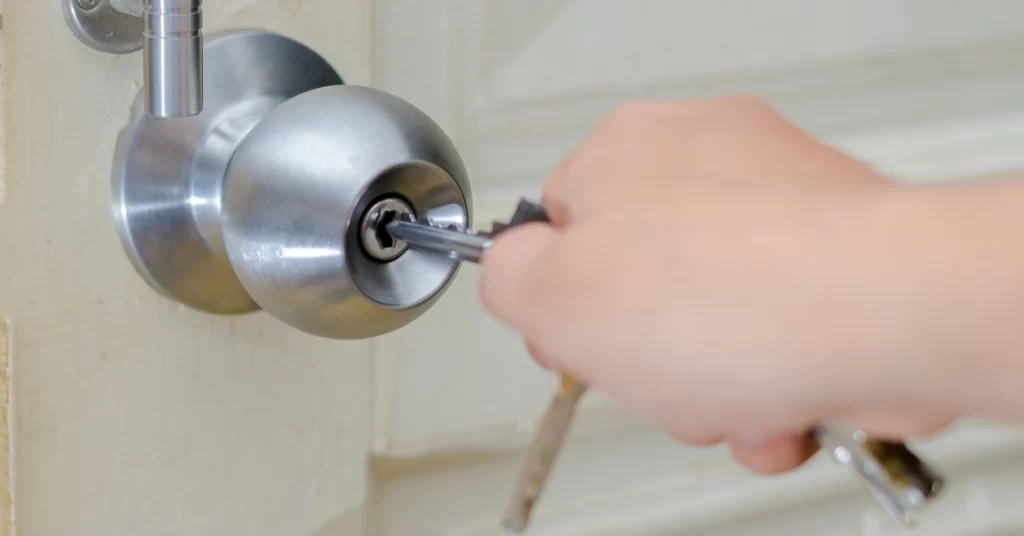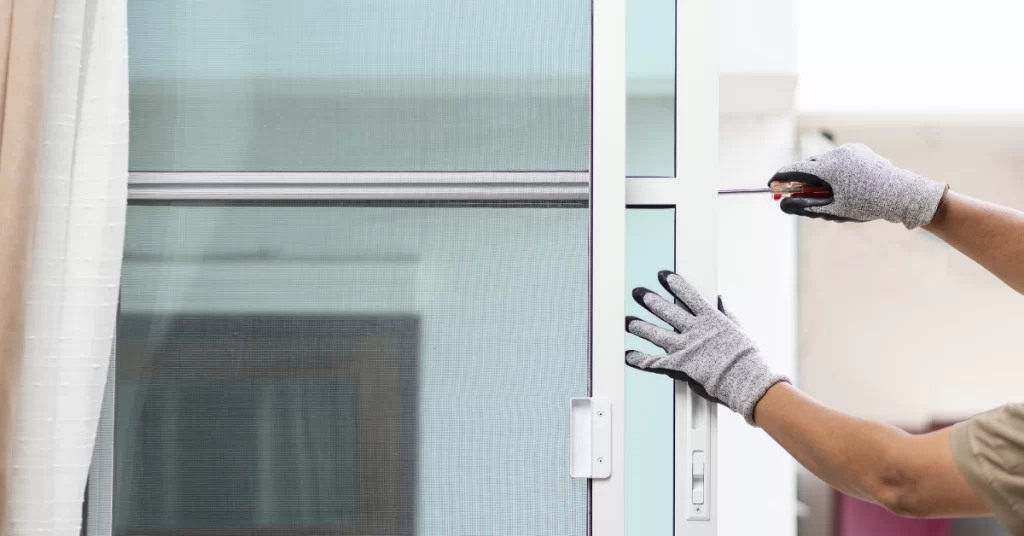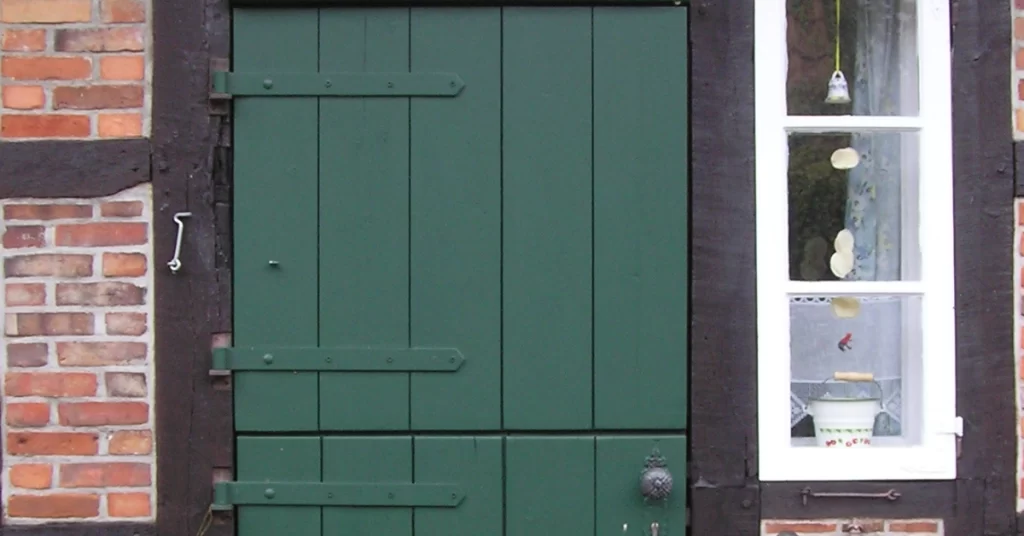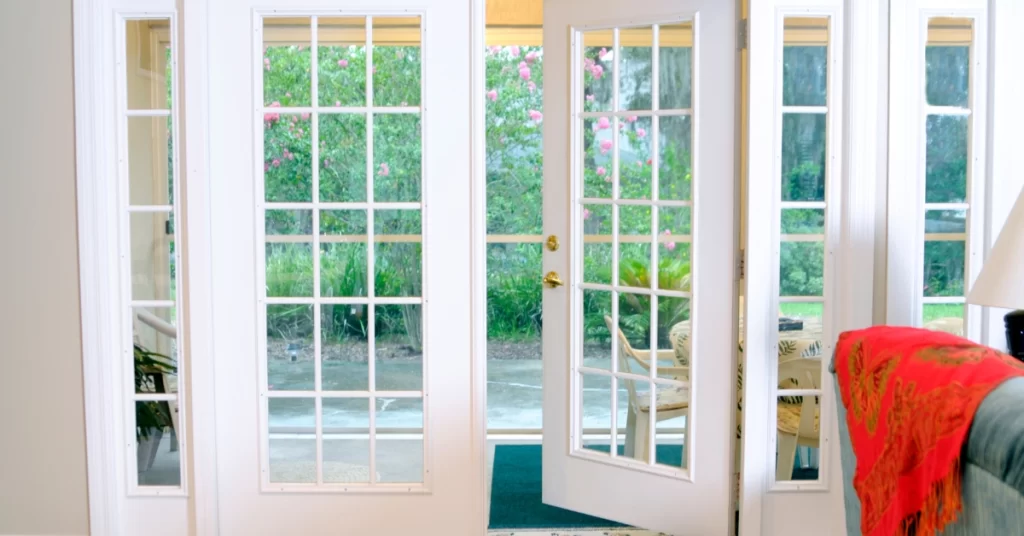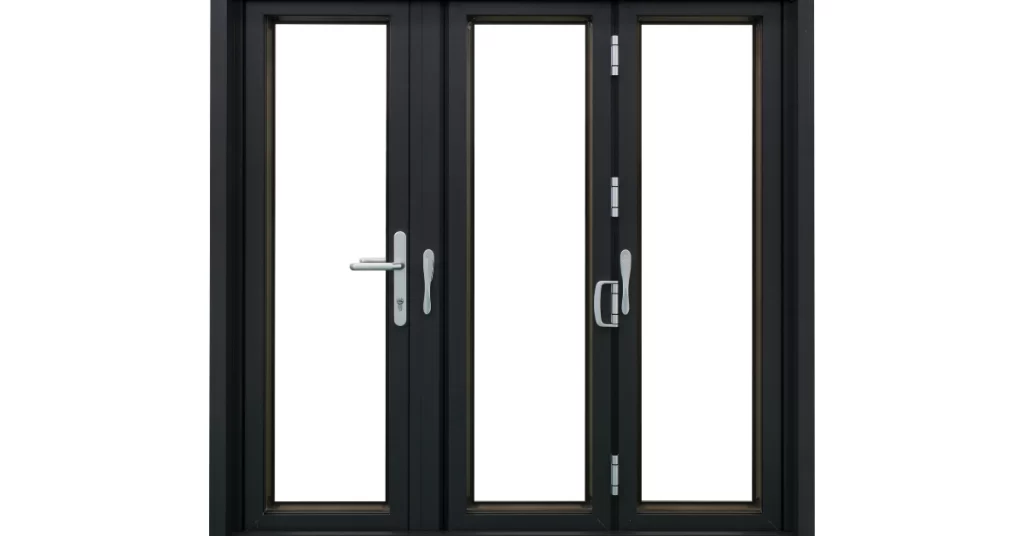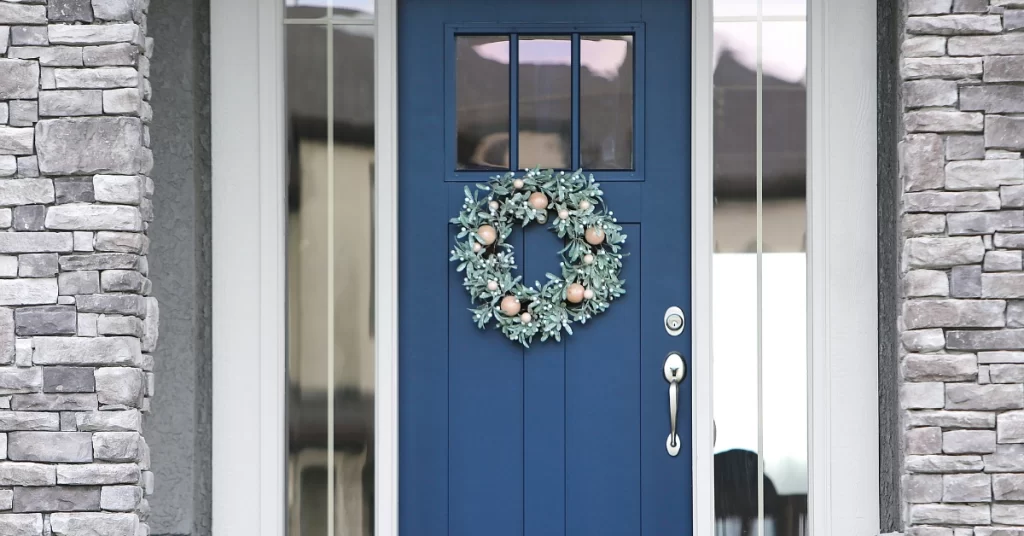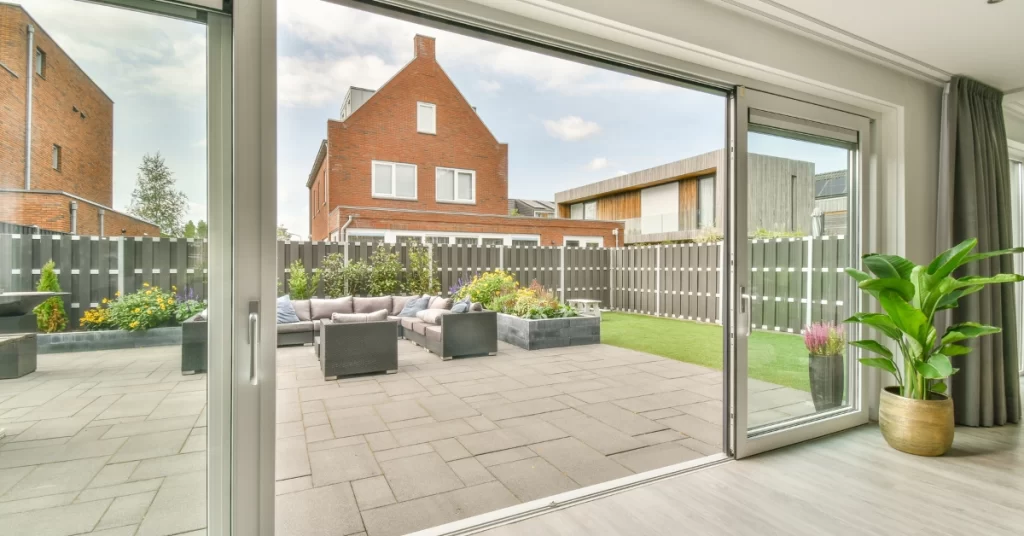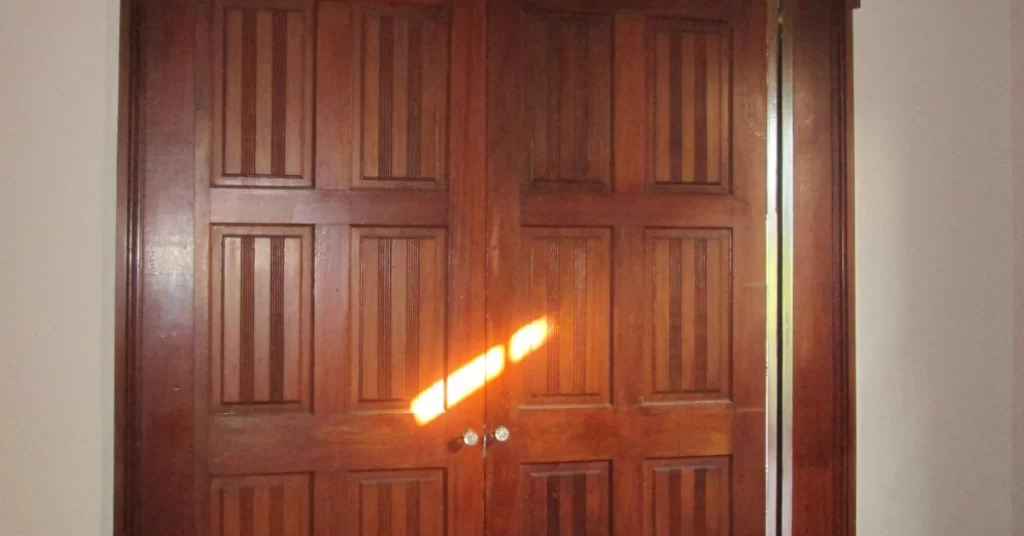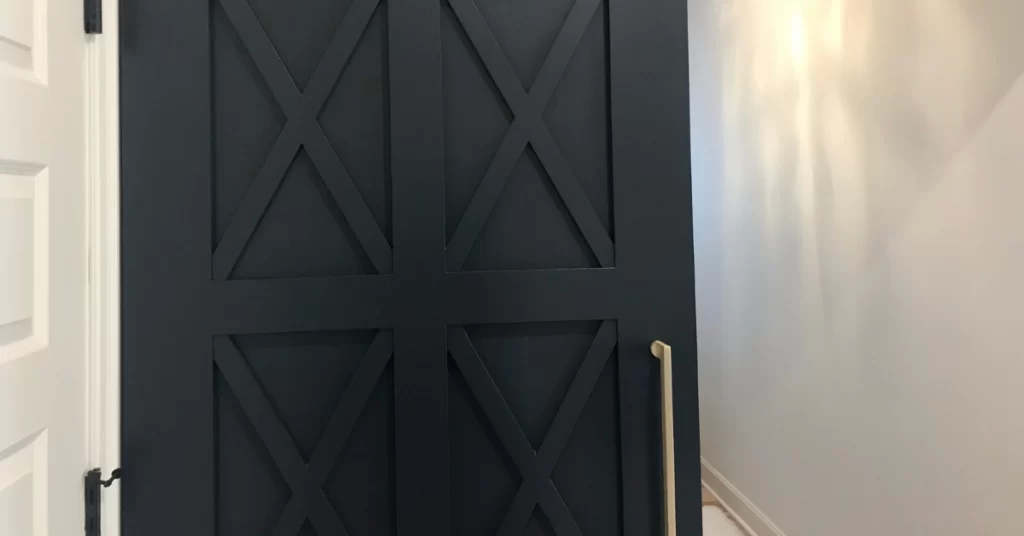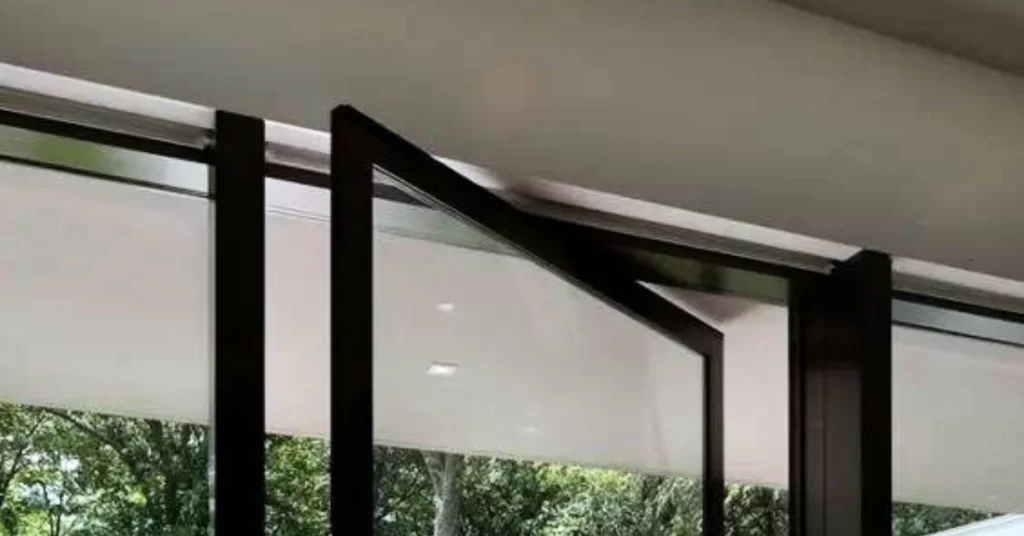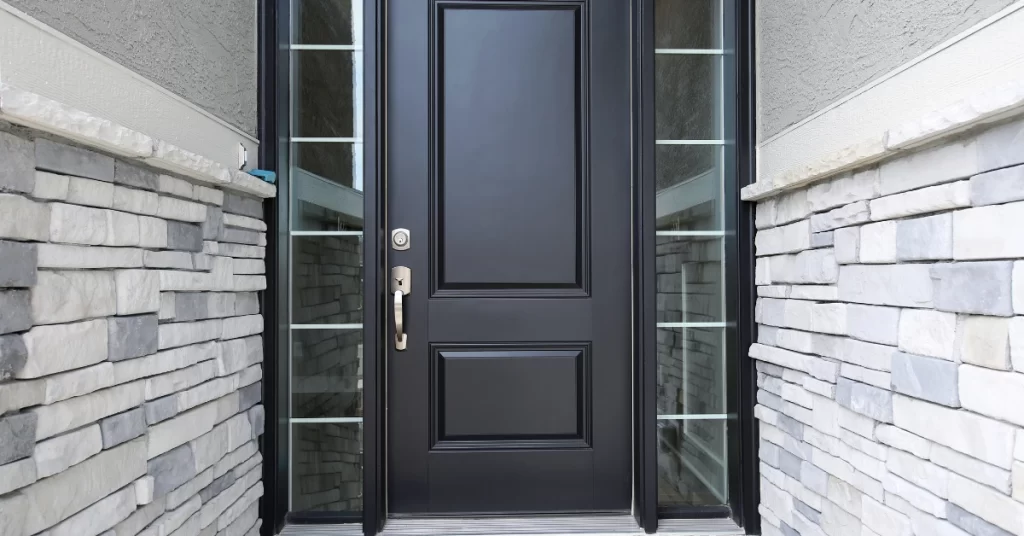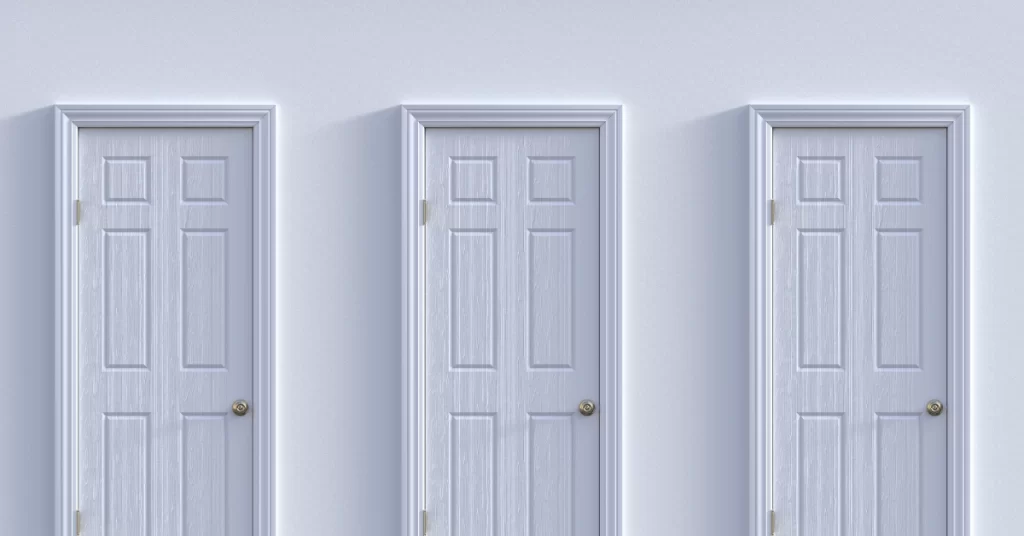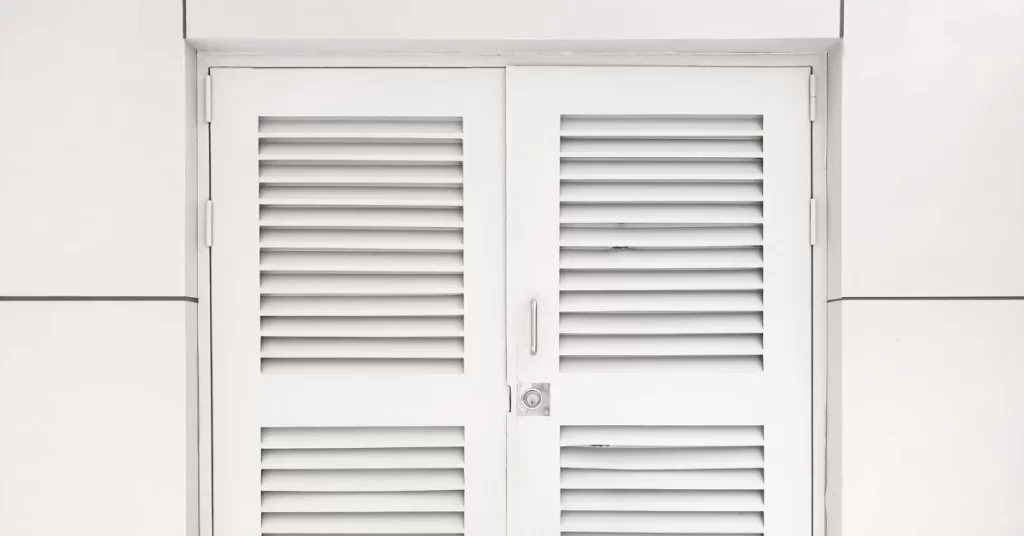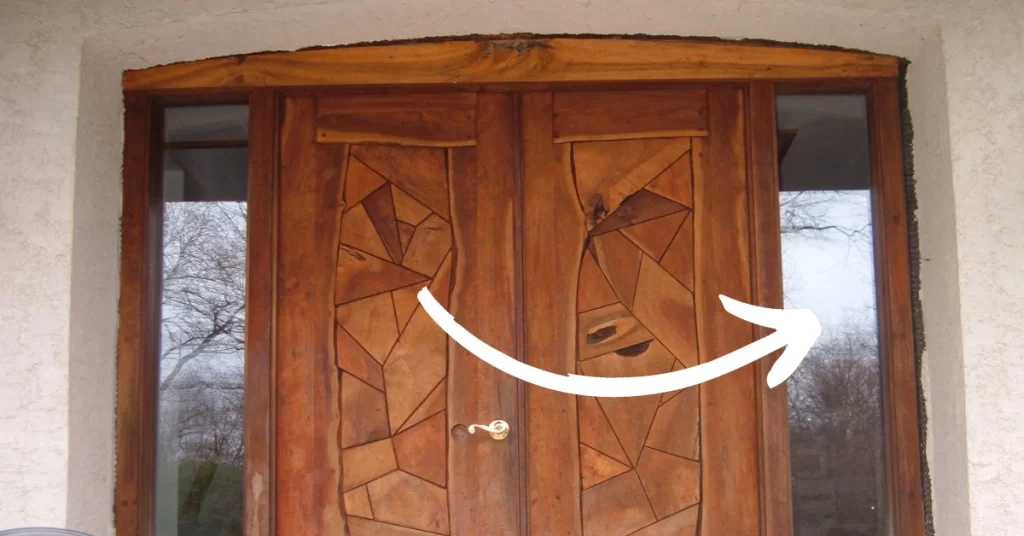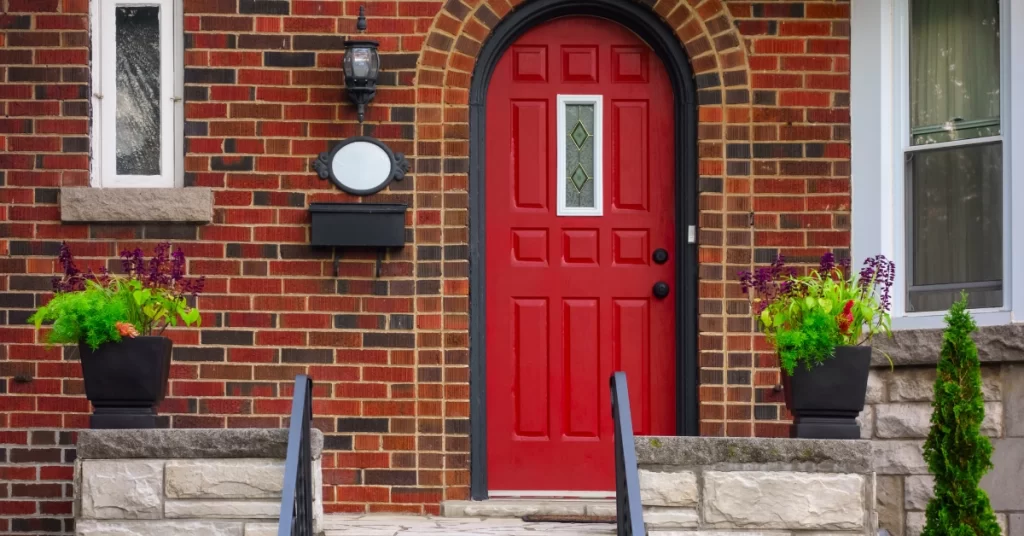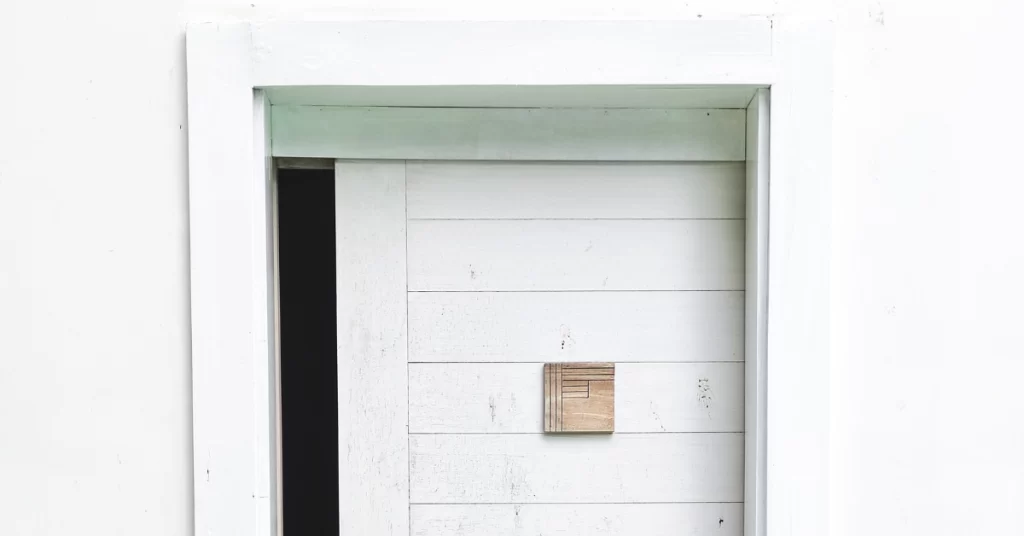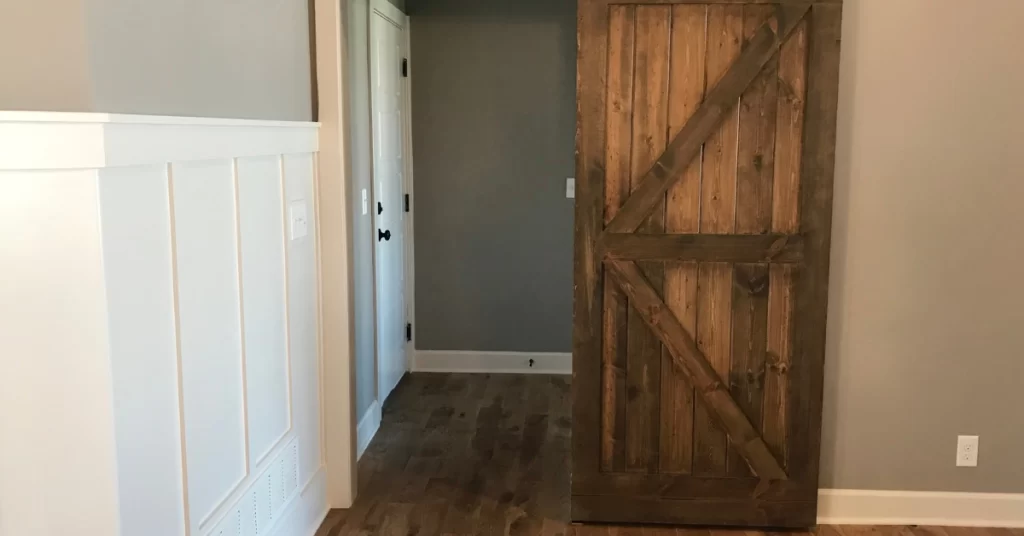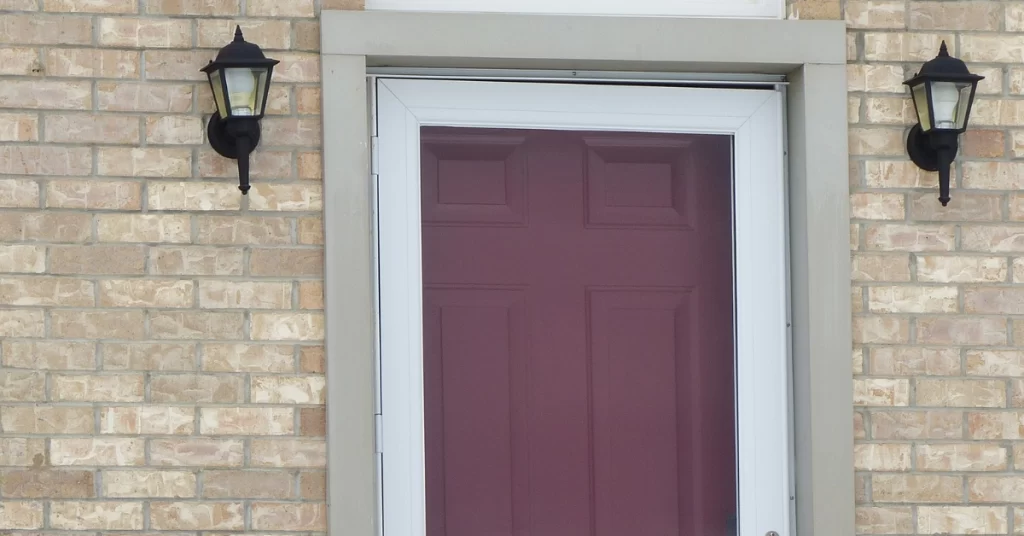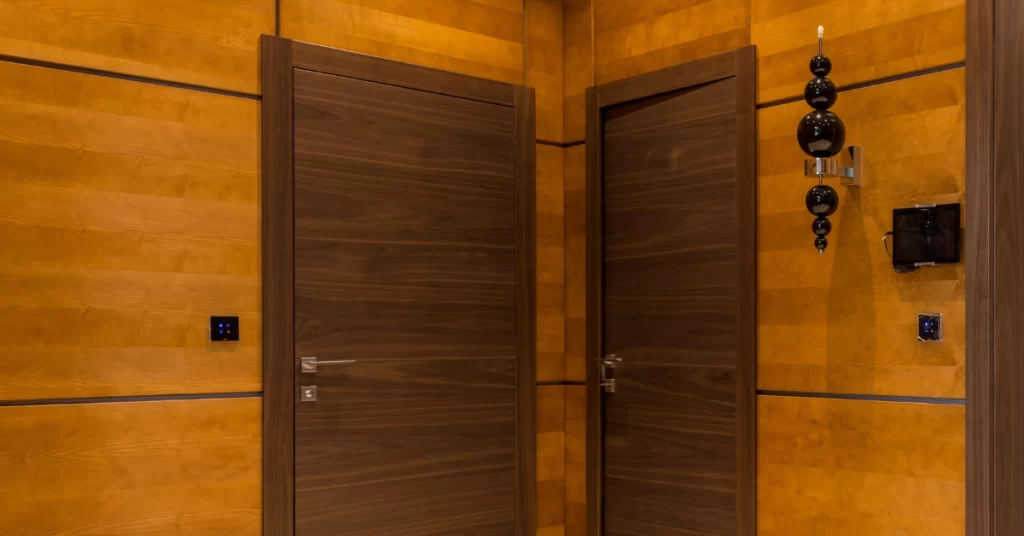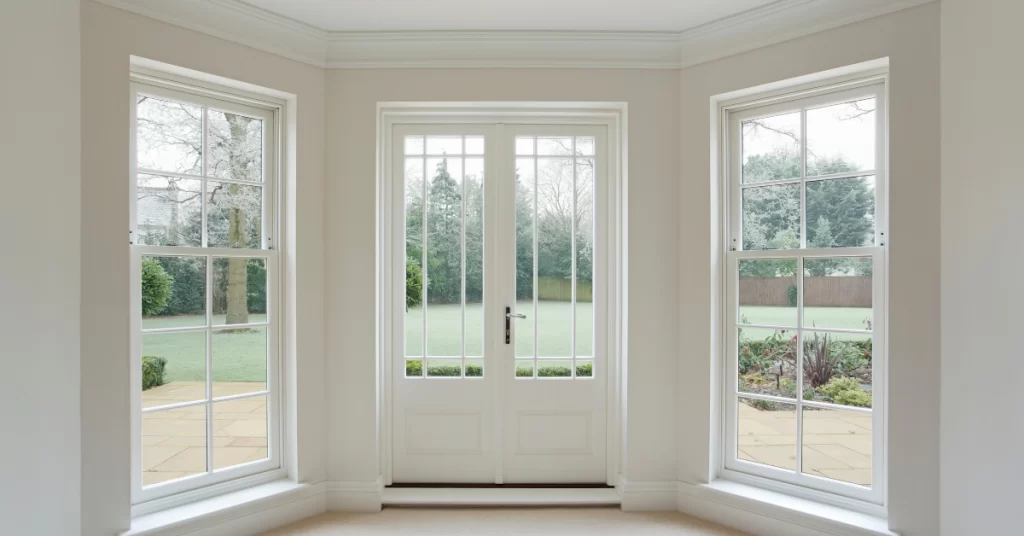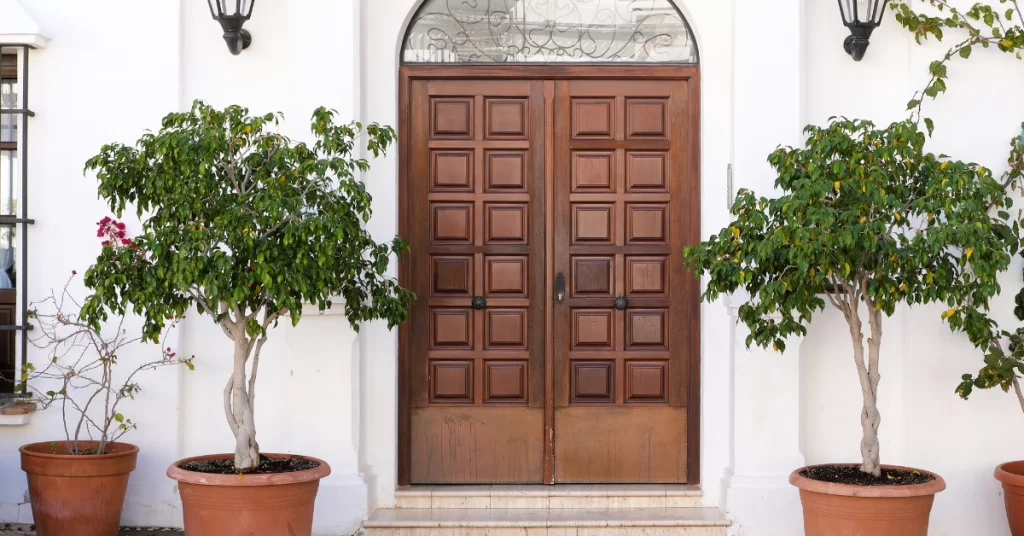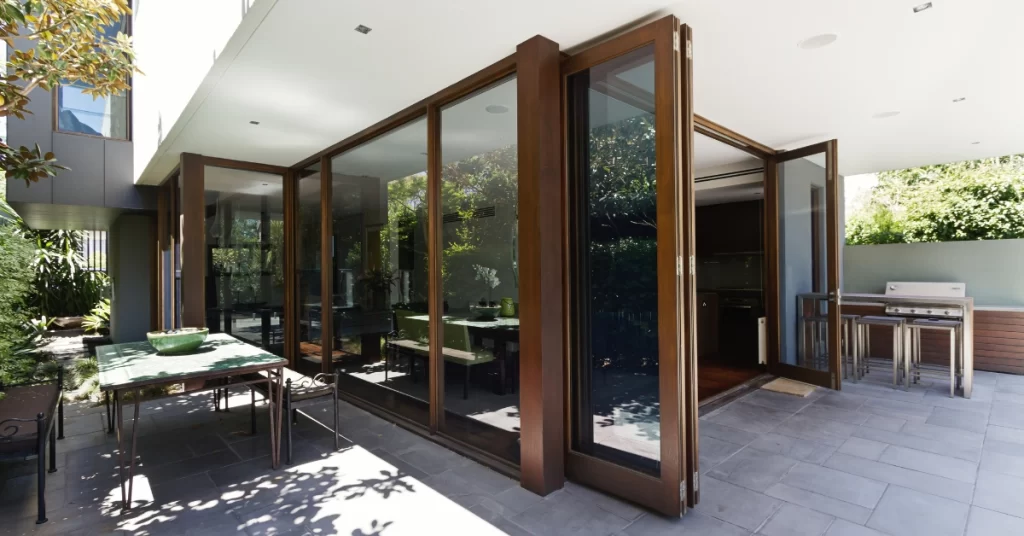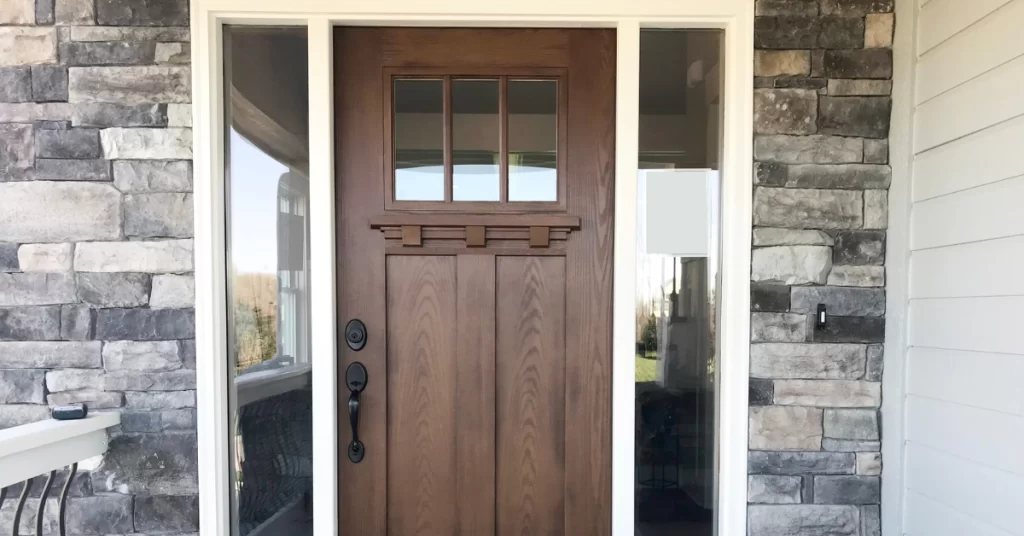Roofing is a complex field. A crucial part is the square, which determines size and dimensions. But how big is a square? Let us explore squares in roofing.
A square is equal to 100 square feet. It provides a way to estimate material needed for projects. Knowing squares helps streamline planning and ensure accurate measurements.
Let’s consider an example. John is replacing his roof. He contacts roofing contractors who ask about size in squares. John learns about this unit of measurement. He measures his roof and finds it covers 24 squares. He chooses a contractor with competitive pricing.
This anecdote shows how understanding squares in roofing is important. Knowing how big a square is helps manage resources and make decisions.
What is a square in roofing?
A “square” in roofing is a unit for measuring size. It’s 10 feet by 10 feet, or 100 square feet. Materials are usually sold in these squares, which makes it easier to calculate cost and material needs.
It’s important to consider extra areas when calculating the number of squares needed, like overhangs and dormers. These may require extra materials.
Roofing pros use squares as a standard, so they can communicate accurately and efficiently.
When getting prices, clarify if labor and materials are included in the square rate or separate costs. This helps homeowners make informed decisions and avoid financial surprises.
The size of a square in roofing
A roofing square is a unit of measurement used to calculate roof area. A square equals 100 square feet. Knowing its size is essential for estimating materials and costs correctly.
The table below explains the measurements of a roofing square:
| Type | Length (feet) | Width (feet) |
|---|---|---|
| Asphalt | 10 | 10 |
| Wood | 4 | 25 |
| Metal | 5 | 20 |
Roofing materials may need specific dimensions within a square. For instance, asphalt shingles come in bundles of 3 squares. This highlights the importance of understanding square size as it relates to roofing materials.
Let’s look at Jack, a homeowner who wanted to replace his roof. He was unaware of the importance of sizing and bought more materials than needed. This resulted in delays and the project went over budget. This story shows how vital it is to understand square sizing for both homeowners and professionals.
Importance of understanding the size of a square in roofing
Roofing projects require precise measurements. A ‘square’ is the industry term for 100 square feet. Knowing this helps estimate costs and materials needed. It facilitates communication between contractors, suppliers, and homeowners. Allowing them to make informed decisions. Remember, next time you do a roofing project, consider the size of a square. It can save time, money, and stress.
For a successful roofing project, understanding a square is vital. It’s 100 square feet. Knowing this helps accurately calculate the materials needed. Plus, it allows contractors to provide accurate quotes.
It’s important to understand the “square” concept in the roofing industry. This helps all parties involved have clear conversations about project requirements. Everyone can work together for optimal outcomes.
Pro Tip: When speaking to professionals or suppliers, use the word “square” rather than square feet. This will enable smooth collaboration and effective budgeting.
How to measure a square in roofing
Measuring a square in roofing is essential for accurate estimates. Here’s how to do it!
- Start by identifying the roof area, then measure the length and width of it.
- Multiply this together to get the square footage.
- Convert this to roofing squares by dividing by 100.
- Remember to factor in waste too!
Knowing this helps with cost estimation and efficient planning. Plus, it’s interesting to note that wooden shingles used to be installed in squares, which developed into this metric. So go ahead, measure with confidence and build roofs that stand tall!
Common misconceptions about the size of a square in roofing
Roofing is a complex process with a lot of calculations and measurements. One popular misconception is the size of a roofing square. A few points to help you understand it better:
- A roofing square is equal to 100 square feet. It’s used to figure out the amount of material needed for a project.
- People sometimes think a square is 10 feet by 10 feet, but this is not correct. The size of a square can differ depending on the roofing material.
- Different roofing materials have different square sizes. For instance, shingles come in smaller bundles compared to sheets or panels used for metal or flat roofs.
- Estimating the number of squares for a roof can be tricky. Just dividing the total square footage by 100 won’t include wastage and overlaps.
To make sure you get it right, talk to experienced pros or refer to reliable sources. Then you can avoid extra costs, delays, and problems.
Don’t let any misconceptions impede your roofing plans! Consult experts and learn how to measure accurately. This way, you can get accurate estimates and have a successful roofing project.
Tips for accurately determining the size of a square in roofing
Figuring out the size of a roof square is vital for accurate measurements and successful planning. Here are some pointers to help out:
- Divide the roof into sections to measure each square separately.
- Utilize a measuring tape to measure the width and length of each section.
- Multiply the length and width measurements to get the area of each section.
- Sum the areas of all sections for the overall square footage.
- Remember that one square is equal to 100 square feet.
- Round up decimal measurements to make sure you have enough materials.
On top of that, it’s essential to consider various unique details when determining the size of a roof square. Factors like slope, pitch, and architectural features can affect calculations. It would be wise to consult with an expert roofer or use specific software for precise measurements.
Fascinatingly, understanding the size of a roof square has changed over time. In the past, basic methods such as counting roof tiles were utilized. Nevertheless, advances in tech have brought in more exact measurement techniques, making it easier for roofers to calculate squares with greater accuracy.
Conclusion
Exploring roofing? It’s essential to understand square measurements. A square is 100 square feet. Knowing the size is vital to estimate materials and costs.
It helps homeowners and pros gauge the scope of roofing projects. Calculating the number of shingles needed and overall area? Knowing this measurement ensures precision and efficiency.
And it’s not just residential structures – commercial buildings, industrial facilities, and agricultural shelters all use this same unit.
The National Roofing Contractors Association (NRCA) confirms: a square is always 100 square feet.
Frequently Asked Questions
FAQ 1: How big is a square in roofing?
Answer: In roofing, a square is a unit of measurement that refers to 100 square feet.
FAQ 2: Why is a square used as a measurement in roofing?
Answer: A square is commonly used in roofing because it provides a convenient and standardized way to measure and estimate roofing materials.
FAQ 3: How many shingles are needed for a square of roofing?
Answer: The number of shingles required for a square of roofing depends on the size and type of shingle being used. On average, it can range from 240 to 400 shingles.
FAQ 4: Can a roof have fractions of a square?
Answer: Typically, roofs are measured and estimated in full squares. However, in some cases, fractions of a square may be used when dealing with smaller or irregularly shaped roofs.
FAQ 5: How does the size of a roof affect the number of squares needed?
Answer: The size of a roof directly affects the number of squares needed. Larger roofs require more squares, while smaller roofs may only require a fraction of a square.
FAQ 6: Are there any other factors to consider when determining the number of squares needed for a roofing project?
Answer: Yes, besides the size of the roof, other factors such as the pitch, waste factor, and design complexity can influence the number of squares needed for a roofing project.



